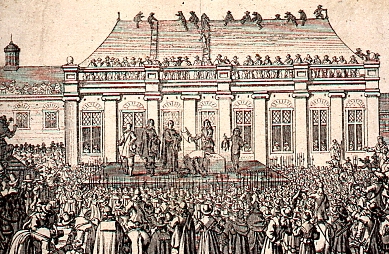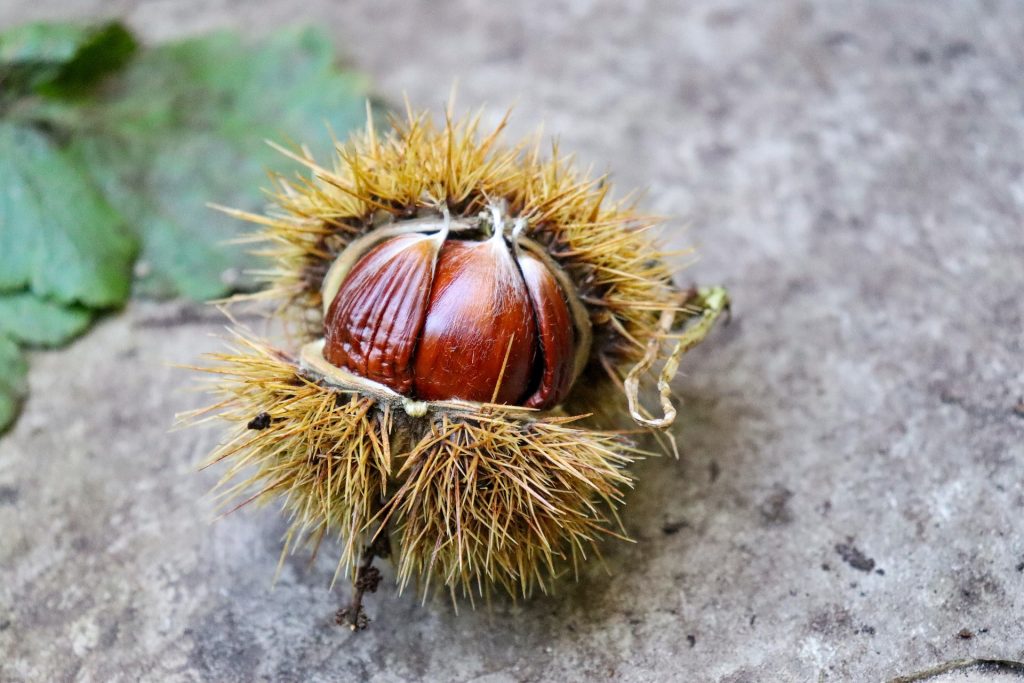
January 30th is the anniversary of the day King Charles I was beheaded as a murderer and traitor, or, on the other hand, a martyr to the Church of England.
Samuel Pepys observed the funeral, as did thousands of others. They crowded around the scaffold outside a window of Inigo Jones’s magnificent Banqueting Hall, in Whitehall, London. Whether Charles appreciated the irony of his last walk, which was below the magnificent Peter Paul Reubens’ ceiling depicting the Apotheosis of his father, James I, we can’t say. But it is, perhaps, more likely he thought he was soon on his way to meet his father in heaven in glory as a Martyr to his religion. He walked outside, through the window, into the cold January air. He seems to have been wearing 2 shirts, perhaps to stop him shivering, which would have been misinterpreted by his many enemies. Then, he made a short speech exonerating himself. All the Rooftops around were lined with spectators and, as the executioner axe fell, there was a dull grown from the crowd.
This was on January 30th, 1648. But, if you look at a history book, it will tell you it was in 1649. This was before our conversation to the Gregorian calendar. In those days, the year number changed not as we do on January 1st but on March 25th when the archangel Gabriel revealed to the Virgin Mary that she was pregnant. For more on the importance of March 25th look at my Almanac entry:
On the same day, twelve years later, in 1660 Oliver Cromwell’s and his chief henchmen were dug up from their splendid Westminster Abbey tombs and their bodies abused by official command. Cromwell’s head was stuck on the top of Westminster Hall, where it remained for many years.
The Royalist, John Evelyn, said in his diary:
This day (oh the stupendous, and inscrutable Judgements of God) were the Carkasses of that arch-rebel Cromwel1, Bradshaw, the Judge who condemned his Majestie and Ireton, sonn in law to the usurper, dragged out of their superb Tombs (in Westminster among the Kings) to Tybourne, and hanged on the Gallows there from 9 in the morning till 6 at night, and then buried under that fatal and ignominious Monument in a deep pit. Thousands of people (who had seen them in all their pride and pompous insults) being spectators .
Samuel Pepys records by contrast:
…do trouble me that a man of so great courage as he was should have that dishonour, though otherwise he might deserve it enough…
Pepys served the Parliamentary side before the restoration of Charles II, when he adroitly, swapped over to the Royalist side.
Get Back To Where you Once Belonged.
This is also the anniversary (1969) of the rooftop concert in Saville Row where the Beatles played ‘Get Back’.
First published in 2023, revised on January 29th 2024

